All seating positions in your vehicle have a lap-shoulder belt.
Here is how to wear a lap-shoulder belt properly.
- Adjust the seat, if the seat is adjustable, so you can sit up straight. To see how, see "Seats" in the Index.
- Pick up the latch plate and pull the belt across you. Do not let it get twisted.
- Push the latch plate into the buckle until it clicks.
- To make the lap part tight, pull up on the shoulder belt.
The lap-shoulder belt may lock if you pull the belt across you very quickly. If this happens, let the belt go back slightly to unlock it. Then pull the belt across you more slowly.
If you ever pull the shoulder portion of a passenger belt out all the way, you may engage the child restraint locking feature. If this happens, just let the belt go back all the way and start again.
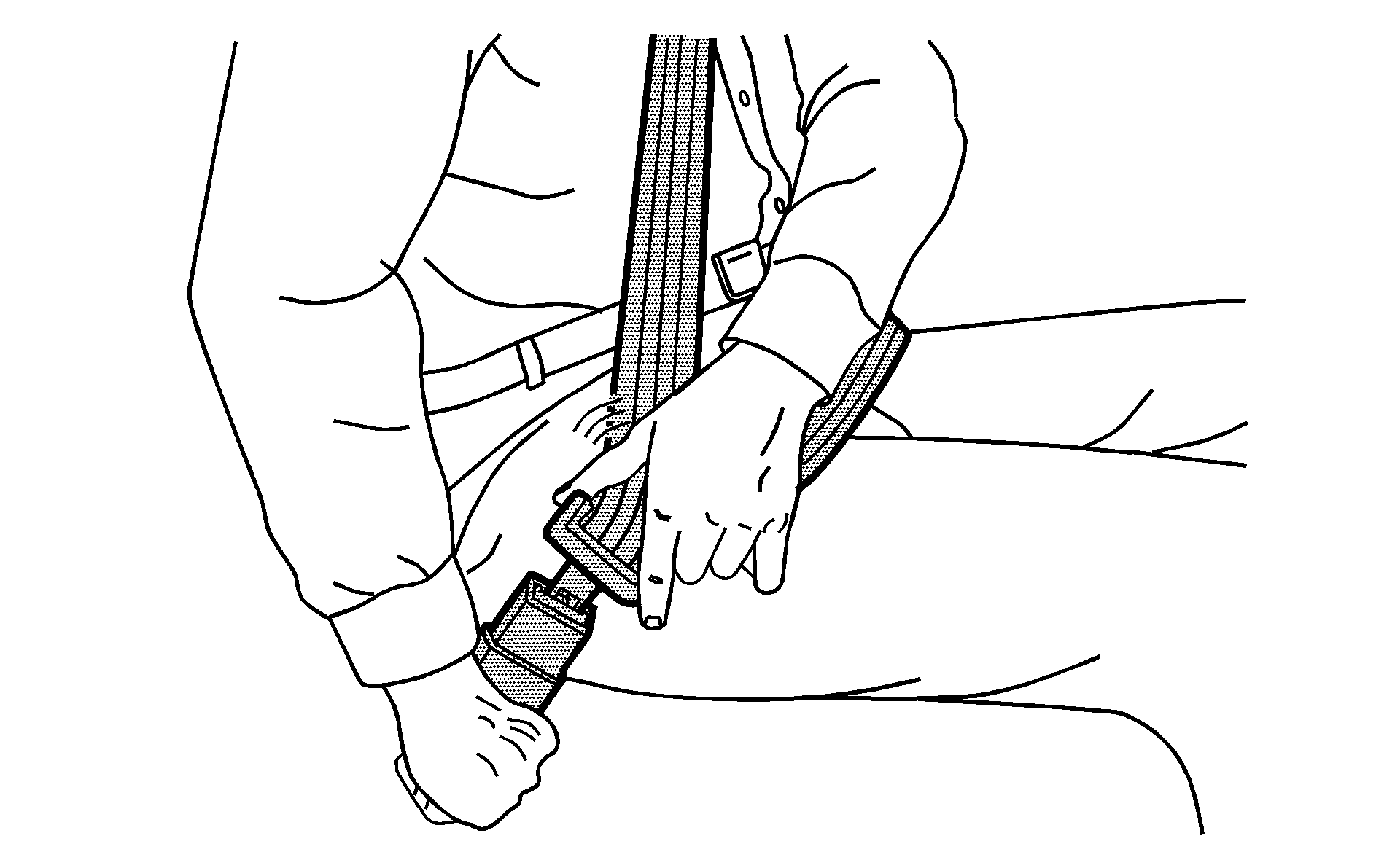
Pull up on the latch plate to make sure it is secure. If the belt is not long enough, see Safety Belt Extender .
Make sure the release button on the buckle is positioned so you would be able to unbuckle the safety belt quickly if necessary.
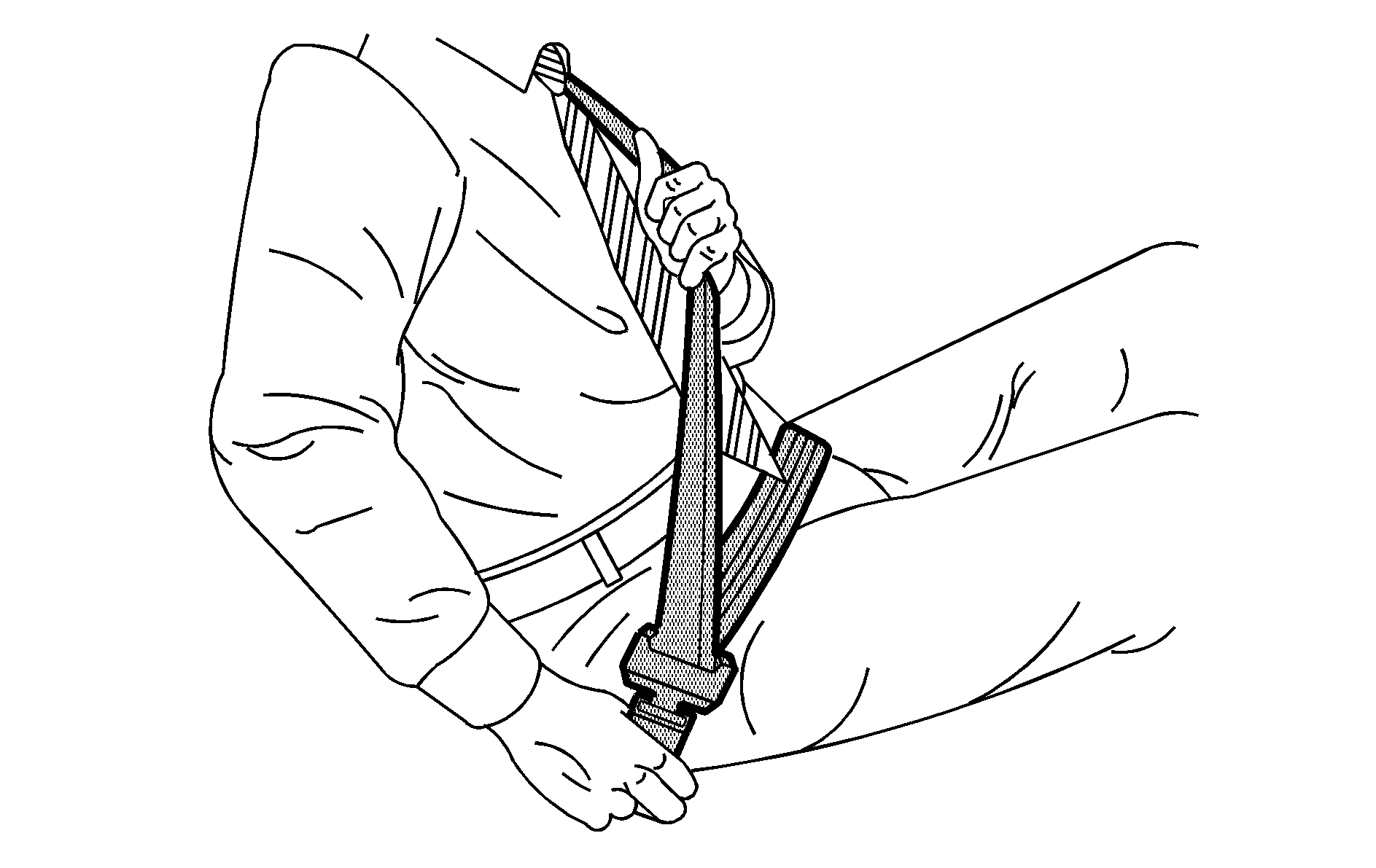
It may be necessary to pull stitching on the safety belt through the latch plate to fully tighten the lap belt on smaller occupants.

To unlatch the belt, just push the button on the buckle. The belt should go back out of the way. When the safety belt is not in use, slide the latch plate up the safety belt webbing. The latch plate should rest on the stitching on the safety belt, near the guide loop on the side wall.
Before you close a door, be sure the belt is out of the way. If you slam the door on it, you can damage both the belt and your vehicle.
Safety Belt Pretensioners
Your vehicle has safety belt pretensioners for front outboard occupants. Although you cannot see them, they are part of the safety belt assembly. They can help tighten the safety belts during the early stages of a moderate to severe frontal, near frontal, or rear crash if the threshold conditions for pretensioner activation are met. And, if your vehicle has side impact airbags, safety belt pretensioners can help tighten the safety belts in a side crash or a rollover event.
Pretensioners work only once. If they activate in a crash, you will need to get new ones, and probably other new parts for your safety belt system. See Replacing Restraint System Parts After a Crash .
Rear Safety Belt Comfort Guides
Rear shoulder belt comfort guides may provide added safety belt comfort for older children who have outgrown booster seats and for some adults. When installed on a shoulder belt, the comfort guide positions the belt away from the neck and head.
There is one guide for each outboard position in the second and third row seat. Here is how to install the comfort guide to the shoulder belt:
- Remove the guide from its storage pocket on the side of the seat.
- Place the guide over the belt and insert the two edges of the belt into the slots of the guide.
- Be sure that the belt is not twisted and it lies flat. The guide must be on top of the belt.
- Buckle, position, and release the safety belt as described previously in this section. Make sure that the shoulder belt crosses the shoulder.
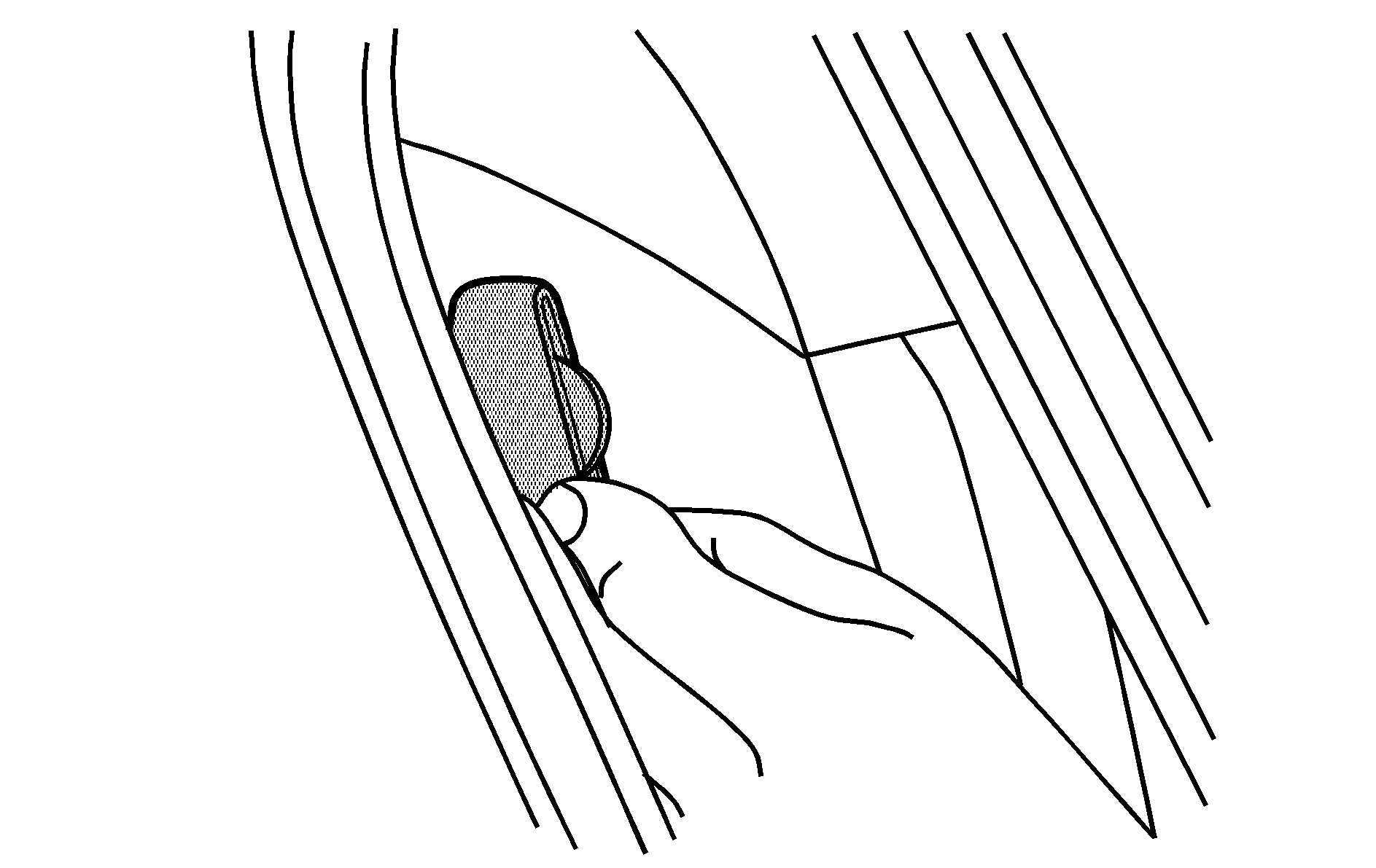
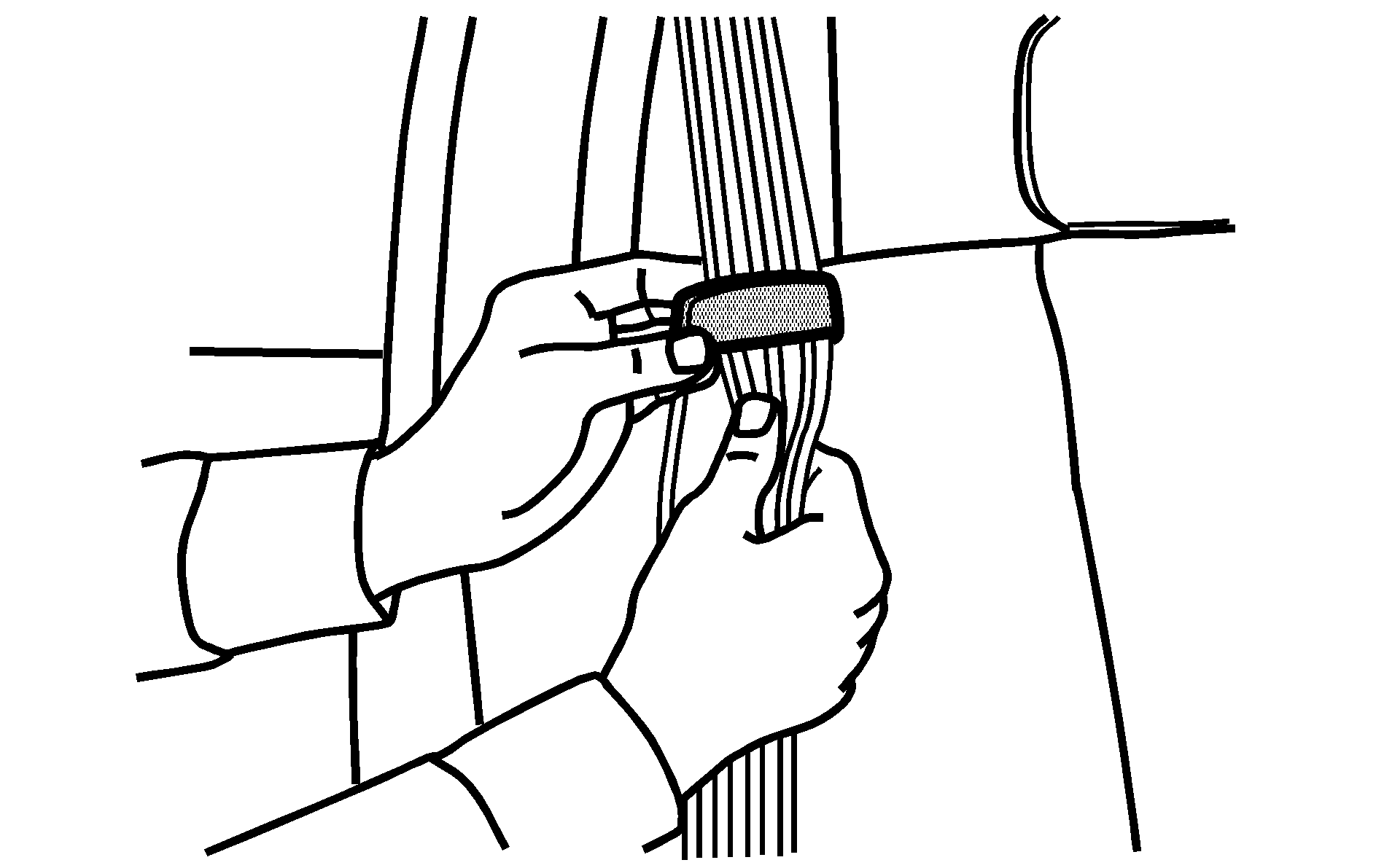
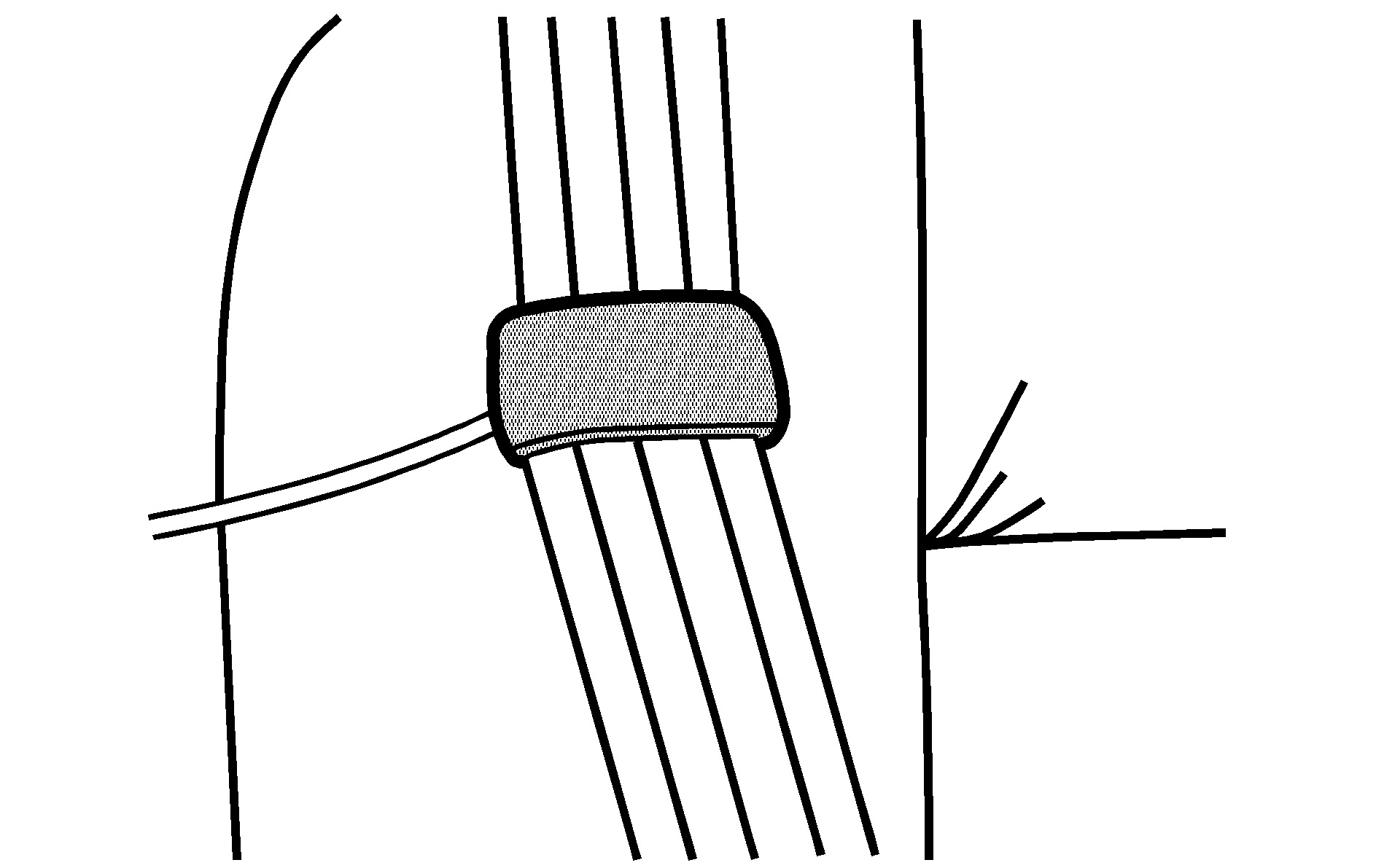
Caution: A safety belt that is not properly worn may not provide the protection needed in a crash. The person wearing the belt could be seriously injured. The shoulder belt should go over the shoulder and across the chest. These parts of the body are best able to take belt restraining forces.
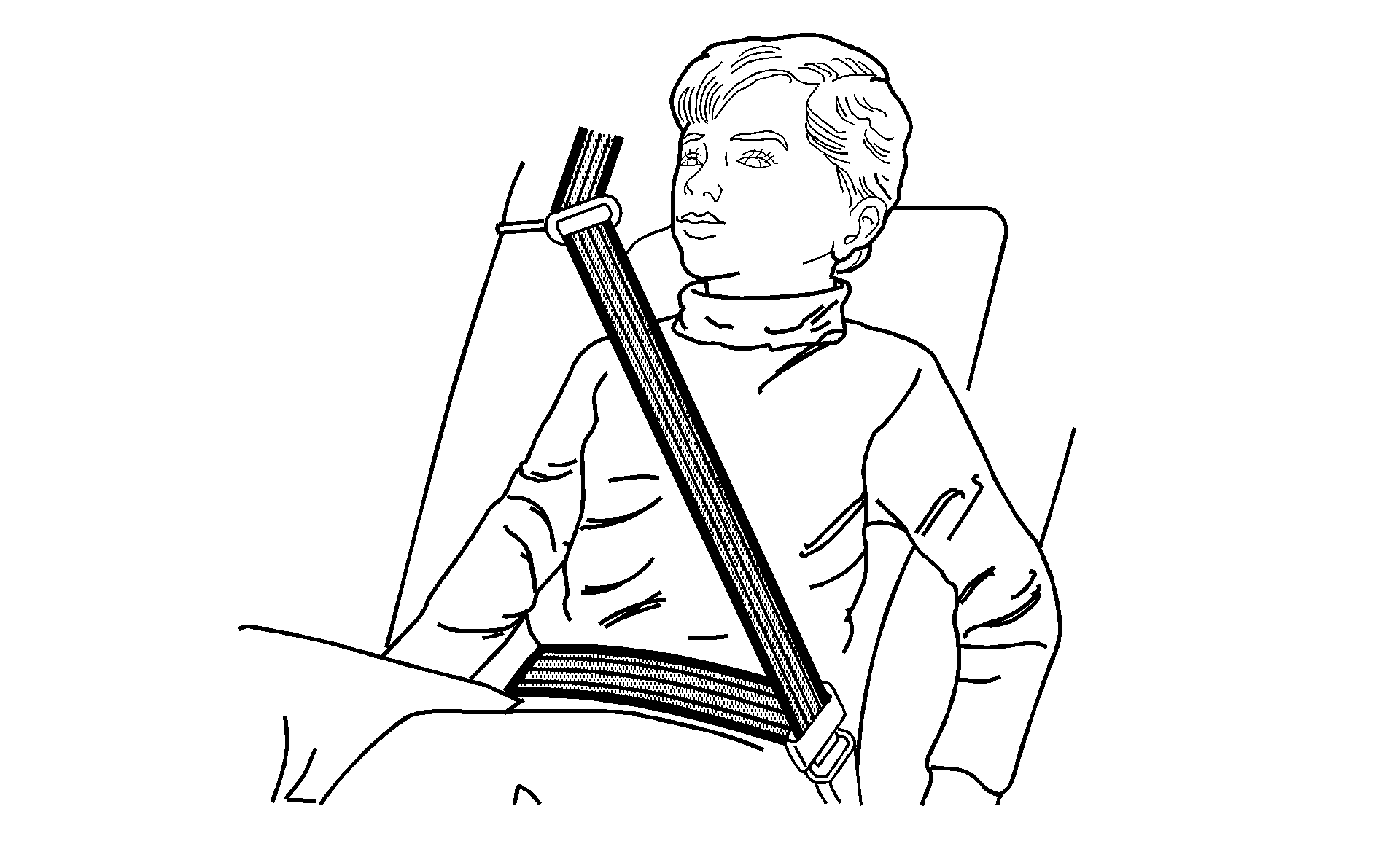
To remove and store the comfort guide, squeeze the belt edges together so that you can take them out of the guide. Slide the guide into its storage pocket on the side of the seat. Make sure you remove the comfort guide from the safety belt before you fold a rear seat down.
